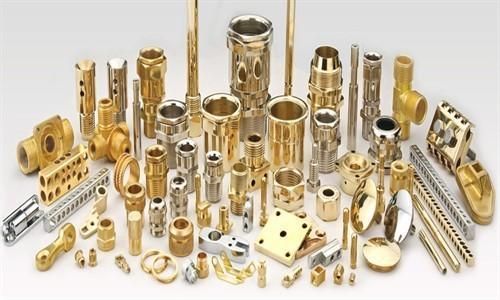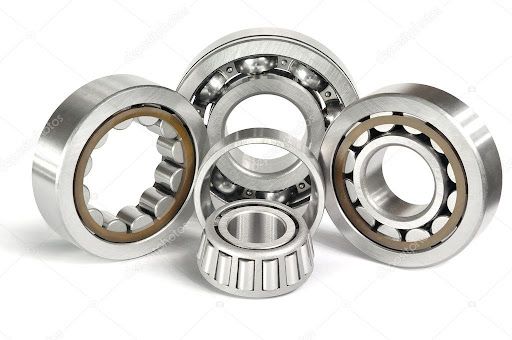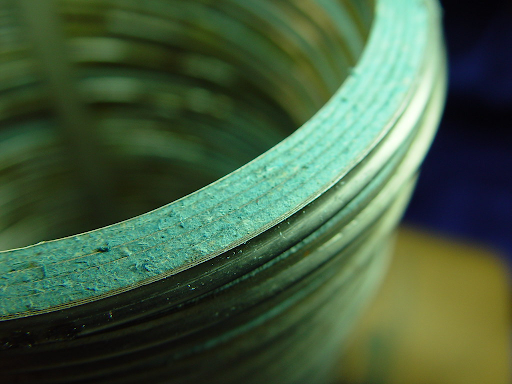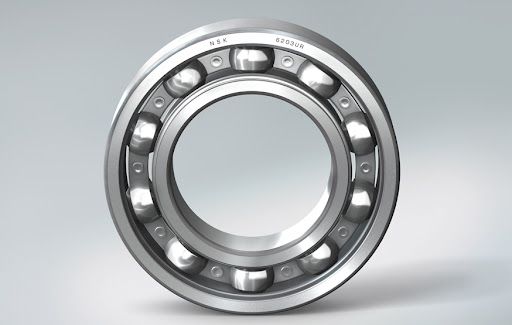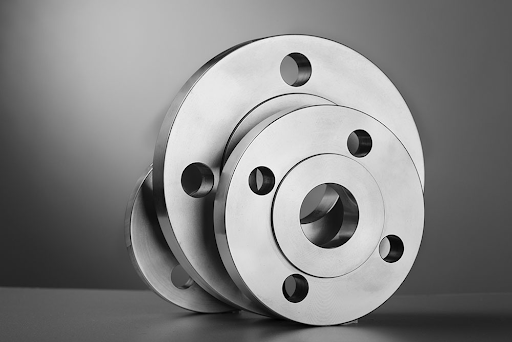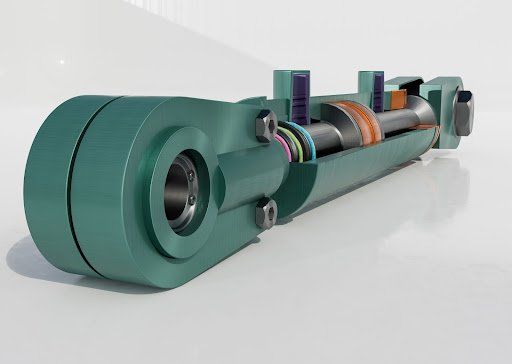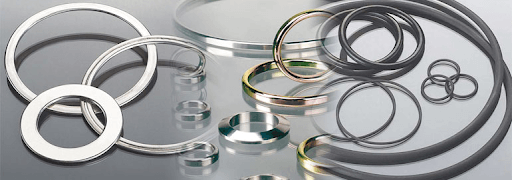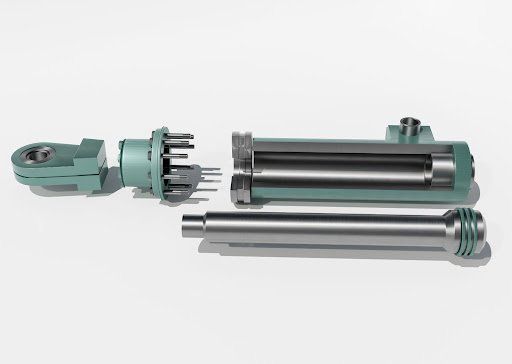Improve pneumatic system safety
Improve pneumatic system safety
Mitigating potential damage to products and safety risks to personnel posed by unexpected power failures in automated manufacturing applications is an essential part of overall system design. When any interruption in operation occurs, the equipment needs to meet safety standards to prevent dangerous situations from occurring.
Power outage or a leakage in the supply line are the two most common causes of a system stop. Power outage in pneumatic systems is usually associated with a drop in the air pressure or loss of air supply. The pneumatic system needs to be designed to address this situation to prevent a load dropping unexpectedly, being ejected or knocked off production line due to cylinders being out of synchronisation.
Rock locking cylinders provide a safety net
Parker's ISO standard P1D series of rod locking cylinders holds loads safely in position in case of pressure drop. These cylinders require signal pressure to work, and when air supply is interrupted, the drop in pressure causes a loss of signal pressure, causing a set of internal springs to push the jaw clamps to lock the piston. When pressure is restored, the cylinder becomes operational again.
Parker supplies two basic types of rod locking cylinders:
For dynamic applications. These rod locking cylinders (P1D-L) act as a brake by engaging while the rod is moving. When there is no signal pressure, high force springs make the piston move axially. The movement is applied to the cylinder and this is then converted into radial movement of clamping sleeves using high precision steel balls, causing the hardened sleeves to press onto the piston rod with a high, stable holding force.
For static applications. With these rod locking cylinders (P1D-H), the rod lock unit is usually externally flange-mounted on the front end of the cylinder body. Be aware, though, that the sharp edge of the jaws can be damaged if the piston rod is not stationary before the rod lock unit is engaged. The cartridge, which is mounted transversally in the rod lock unit, provides the locking force. The piston rod passes through the cartridge and, when signal pressure is interrupted, the force from the internal springs pushes the over-the-centre mechanism to lock the piston, with the jaws clamping onto the piston rod and holding the cylinder firmly in position.
It is important to note that rod locking cylinders can only be used in dry piston rod applications and should not be used as the only safety component in an application; they are designed for emergency use.
Contact the Bearing Centre team today to learn more about rod locking cylinders and how they can improve the safety in your place of work.

